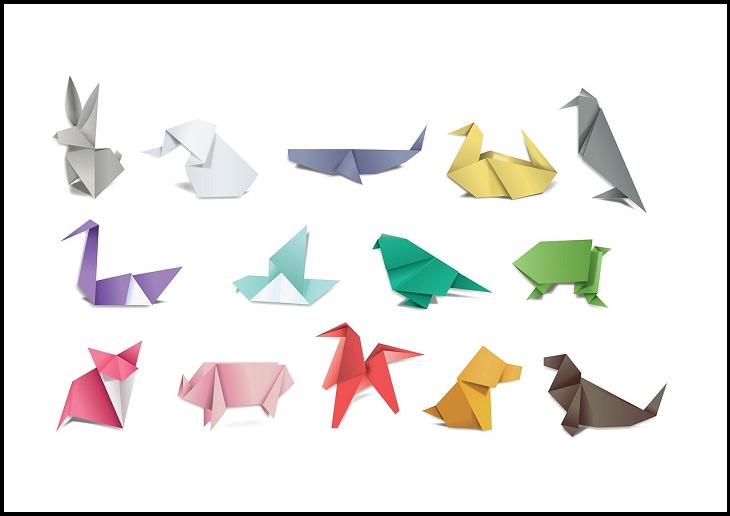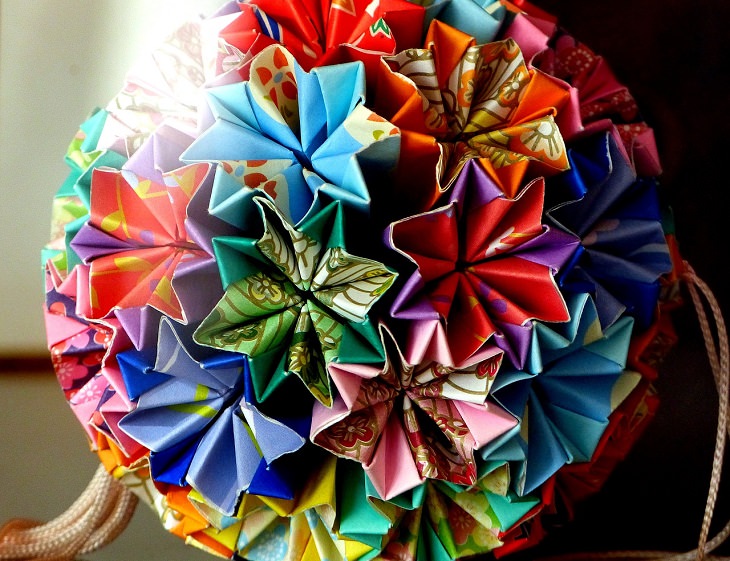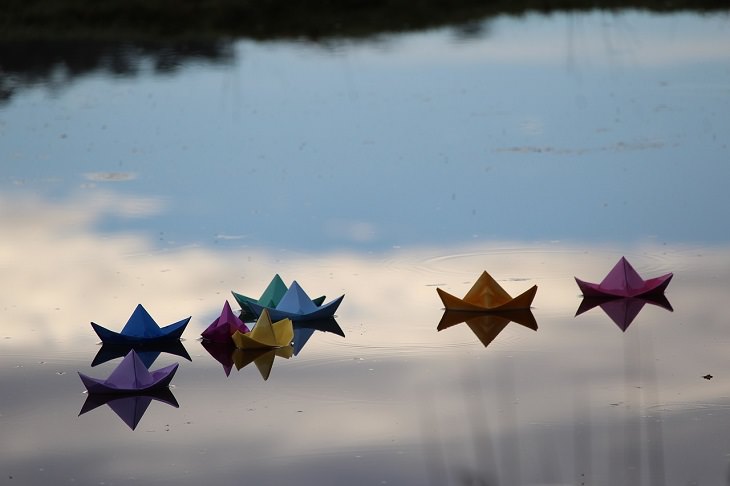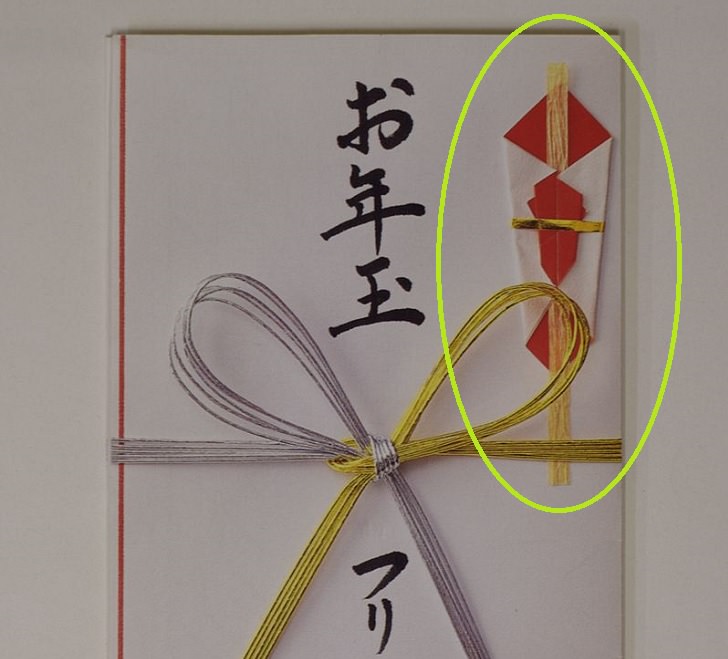
Origami is an ancient art form that is believed to have been around for nearly 2000 years, derived from the Japanese tradition of paper-folding. Though they were not the first to experiment with the culture of paper-folding, they were the first to use this technique as a style of art. As you can imagine, it’s had quite a lucrative history and is deeply embedded in Japanese culture. Here are a few interesting things you may not have known about the origins of Origami.

For the initial 1500 years or so of its existence, origami was actually known as orikata, a Japanese word that translates to “Folded Paper”. It was in 1880 that the name of the art form was changed to origami, derived from two Japanese words; oru, meaning to fold, and kami, meaning paper. The reason for the change in this term has been attributed to the easiness of writing the characters for this word, which made it more viable to teach to school children.

Paper was originally created sometime around 100 A.D. While paper is considered a common and cheap commodity now, at the time of its conception, the resources required to create paper were not as easily available. Paper was an expensive and rare commodity, so those engaging in the art of traditional paper folding was usually an art left for the elite rungs of society. Conversely, it was also used by Buddhist Monks for religious purposes. It only later became a practice open to the public.

Speaking of surprising uses, one very important function origami plays is in Japanese Wedding Rituals. Origami Butterflies and other simple designs are often given along with gifts and paper wrapping, but most important is the presentation of 1000 paper cranes.
There are two manners in which this marriage tradition is known to be carried out. The first is the practice of sembazuru, an age-old ritual in which the soon-to-be-wed couple folds the cranes themselves, to be strung up and decorate their wedding hall. Another tradition that used to be followed was the gifting of 1000 cranes to the bride-to-be from her father. These traditions come from the belief that folding of 1000 cranes would grant the holder with one special wish.

The first book ever published about Origami was entitled “Sembazuru Orikata” (Thousand Crane Folding), and was largely about the timeless custom of folding a 1000 paper cranes for traditional weddings. Written by Akisato Rito, the book speaks of the legend behind the wish granted by folding this gargantuan number of cranes.
The most famous book, however, on origami was published by Akira Yoshizawa, also known as the face of origami and the ‘grandmaster’ of origami. Yoshizawa was inspired as a child when a young girl gifted him a paper boat. The book is entitled Atarashi Origami Geijutsu (New Origami Art) and gives an in-depth look at the symbolism behind the art form.

(By Indiana jo, Wikimedia Commons)
As a good luck token for all the future dangers to be faced, Samurais commonly used to present gifts of origami to each other. These gifts were usually a type of ceremonial origami, folded from multiple pieces of paper into intricate shapes and presented along with a strip of dried fish or meat, to signify “good wishes”.
This tradition was originally called “noshi awabi”, and eventually came to be known as simply “noshi”. Over time, the strips of meat or abalone were abandoned and the folded masterpiece itself became the entire gift.
Related Articles:
16 Simple Paper Craft Tutorials